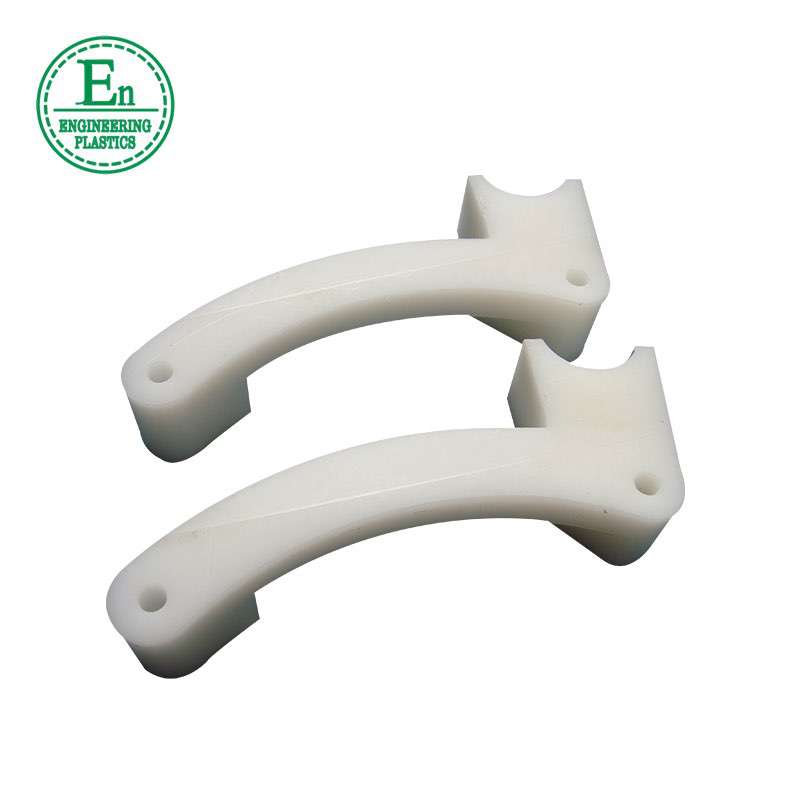Applied Research on plastic Mold Surface Strengthening Technology
plastic Mold surface reinforcement in the manufacturing technology refers to the mold parts after pretreatment, through a single or composite surface treatment, the mold parts to obtain the required surface or the overall performance of the professional strengthening technology. The technology\'s functionality, environmental protection and efficiency advantages such as mold manufacturing costs, mold quality and mold life plays a particularly important role. In production, taking into account the characteristics of the technology, mold working conditions and the economy of production and other factors, the best matching point of all factors, can significantly improve die life, quality, access to outstanding economic benefits.

1.1 carburizing surface chemical heat treatment
Carburizing process is a more commonly used (more than 80%) mold surface strengthening technology, the process is mainly for plastic mold cavity surface hardening. After carburizing the working parts of the plastic Mold, can achieve the "hard outer toughness" effect, that is, the surface hardness of parts,
Wear resistance, fatigue strength and other performance improvements, while the heart still maintain the original plasticity and toughness, strength, in line with the requirements of the working performance of the mold parts. With fast osmosis, deep infiltration layer, low cost, and the infiltration layer and the matrix between the more perfect combination of performance,
Combination of layers to achieve a smooth transition. However, high operating temperature (900 ~ 950 ℃), especially the ion-carburizing temperature up to 1100 ℃, and carburizing after the corresponding need for heat treatment, resulting in increased the possibility of mold deformation, high-precision plastic mold is not This technique is recommended.
Gas carburizing temperature is generally 920 ~ 950 ℃, the comprehensive assessment by Wang Rongbin test: carburizing the most reasonable surface carbon content of w (C) 0.85% ~ 0.95%, infiltration layer from the outbound carbon mass fraction gradient should be uniform and gentle Quenching organizations are not allowed to have thick martensite, excessive Paralympic, mesh carbides and black troostite. Excessive carbon mass fraction tends to cause the occurrence of mesh carbide and other malignant tissue in the die part organization, affecting the quality and life of the die. In the subsequent processing, stress concentration and cracking may occur easily.
Ion carburizing temperature is generally 900 ~ 960 ℃, compared with gas carburizing, ion carburizing with high efficiency, small deformation, pollution, can handle any shape of the surface of the mold parts, etc., more suitable for plastic mold and stamping die surface Strengthen the processing applications.
1.2 flame surface thermal spraying technology
Thermal spraying technology is a very rapid development of new surface hardening technology, which is the use of heat (arc, ion arc, flame, etc.) will be sprayed material heated to melt or semi-molten state, and make it atomized to a certain speed spray To pretreatment of the substrate surface, relying on physical and chemical changes, combined with the substrate process, the combination of layers, can improve the wear-resistant parts of the mold, corrosion resistance, heat resistance and other performance, and easy to operate, low cost. In recent years, the technology in the plastic Mold surface strengthening application has been further developed and improved, Guangzhou Nonferrous Metal Research Institute using supersonic spraying carbide technology, so that Cr12 stainless steel drawing
Mold life increased by 3 to 10 times. At the same time, the technology has also made great progress in the mold repair. For example, Zhang Xianglin, State Key Laboratory of Materials Forming and Mold Technology, Huazhong University of Science and Technology, has prepared the nano-structure on the surface of Cr12MoV mold steel using HVOF technology WC12Co cermet coating, the measured average shear strength of the coating up to 150.8MPa, coating bonding strength greater than 80 MPa, coating hardness higher than 1000HV. The use of HVOF technology for cold extrusion plastic Mold die repair, fully able to meet the business requirements.

